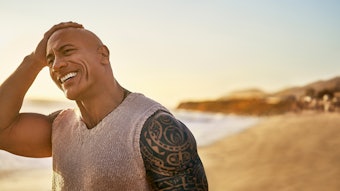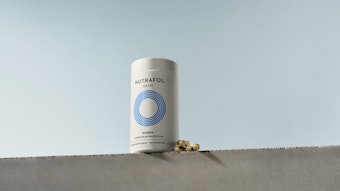The self-tanning market has been steadily growing due to advances in formulation technology as well as the consumer trend to seek out safer tanning solutions. Ongoing concerns surrounding the harmful effects of the sun’s ultraviolet (UV) rays, along with endorsements from anti-cancer societies, have created the perfect environment for self-tanning products. By 2016, sales of U.S.-produced self-tanners are expected to increase to $940.6 million, at an average annual growth rate of 12.8%; in 2012, it was estimated that overall revenue for this market would increase by 18.1% to $609.3 million.1
The strong growth in self-tanning products is correlated with a decreased rate of growth in the tanning salon industry, which is expected to grow by just 1.1%. Consumer concerns have surrounded not only the demand for improved sun protection, but also a growing bias toward tanning beds. Studies completed by the Skin Cancer Foundation concluded that indoor UV tanners are 74% more likely to develop melanoma than individuals who do not use tanning salons.2 Regulation may also put significant restrictions on tanning salons, as many states are looking to adopt legislation to ban or require parental approval to use tanning salons.3
After a period of lackluster sales in this category, cosmetic companies have seized the opportunity and effectively communicated this safe alternative. Brands in both the mass and prestige segments have captured market share due to significant formulation advances as well as targeted marketing campaigns. They also have targeted consumers who want to maintain a tanned look or prolong the effects of a natural UV-induced tan.










